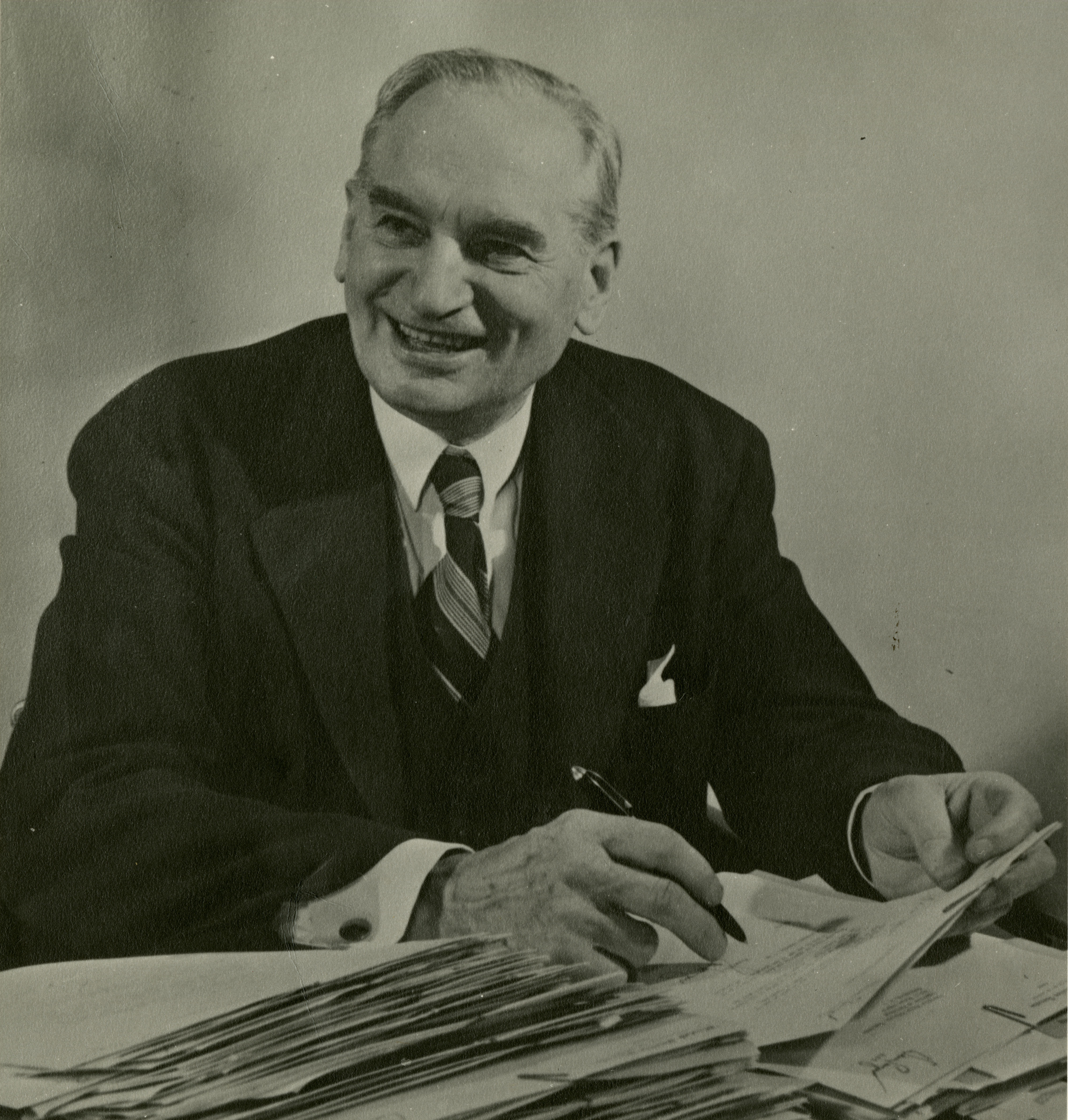William Langer
| William Langer | |
|---|---|
 |
|
|
United States Senator from North Dakota |
|
|
In office January 3, 1941 – November 8, 1959 |
|
| Preceded by | Lynn Frazier |
| Succeeded by | Clarence Norman Brunsdale |
| 21st Governor of North Dakota | |
|
In office January 6, 1937 – January 5, 1939 |
|
| Lieutenant | Thorstein H.H. Thoresen |
| Preceded by | Walter Welford |
| Succeeded by | John Moses |
| 17th Governor of North Dakota | |
|
In office December 31, 1932 – June 21, 1934 |
|
| Lieutenant | Ole H. Olson |
| Preceded by | George F. Shafer |
| Succeeded by | Ole H. Olson |
| 10th Attorney General of North Dakota | |
|
In office 1917–1920 |
|
| Governor |
Anton Kraabel Howard R. Wood |
| Preceded by | Henry Linde |
| Succeeded by | William Lemke |
| Personal details | |
| Born |
September 30, 1886 Casselton, North Dakota |
| Died | November 8, 1959 (aged 73) Washington, D.C. |
| Political party | Republican (NPL) |
| Spouse(s) | Lydia Cady Langer |
William "Wild Bill" Langer (September 30, 1886 – November 8, 1959) was a prominent US politician from North Dakota. Langer is one of the most colorful characters in North Dakota history, most famously bouncing back from a scandal that forced him out of the governor's office and into multiple trials. He served as the 17th and 21st Governor of North Dakota from 1932 to 1934 and from 1937 to 1939. Langer also served in the United States Senate from 1941 to 1959 when he died in office.
Langer was born on September 30, 1886 near Casselton, Dakota Territory, to Frank and Mary (Weber) Langer. His father, Frank Langer, was a member of the first legislature of the state of North Dakota. William was valedictorian of Casselton High School upon graduation in 1904. He obtained a bachelor of laws from the University of North Dakota in Grand Forks, but was too young upon graduation to practice law. He therefore continued his undergraduate education at Columbia, where he graduated at the top of his class in 1910. Although he was offered a position at a prominent New York law firm, he elected to return to North Dakota, where he practiced law in the town of Mandan before starting his career in politics. He married Lydia Cady, the daughter of New York architect J. Cleaveland Cady, in 1918, and had four daughters, Emma, Lydia, Mary, and Cornelia (who became a wife of abstract impressionist painter Kenneth Noland).
In 1914, Langer was appointed state's attorney of Morton County and was one of a few non-farmers on the Nonpartisan League Republican 1916 state ticket. He was elected state attorney general as the newly formed NPL party swept to victory in the 1916 election, but soon clashed with the party's founder and mercurial leader Arthur C. Townley. By 1920, Langer was publicly accusing Townley of Bolshevism, and failed in a primary campaign to replace the incumbent NPL governor Lynn Frazier as the party's gubernatorial candidate. Langer's break with the NPL leadership was a reflection of the infighting that limited the party's eventual influence on North Dakota politics.
...
Wikipedia
